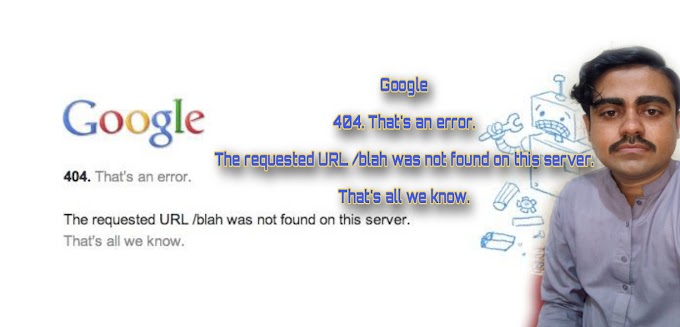Error 404: What Does It Mean and How Can You Fix It?
Are you seeing the dreaded "Error 404" message? Don't panic - it's not the end of the world! Error 404 is a common HTTP status code that indicates the page or resource you're trying to access cannot be found. It's an error encountered by over 1000 people daily, so you're certainly not alone in this. In this blog post, we'll discuss what Error 404 is and how to fix it. Read on to learn more!
What is a 404 error?
A 404 error is an HTTP status code that is sent back to the user’s browser when a page or resource requested by the user cannot be found on the server. This is often referred to as a “page not found” error and is common for websites with a large amount of content or dynamic pages.
The error code "404" was originally created by the Internet Engineering Task Force in 1993 and has been used ever since. When a user receives a 404 error, they are often met with an unhelpful message such as “404 Not Found” or “The requested URL was not found on this server”.
It's important to note that even if a website has thousands of pages, it doesn't necessarily mean that it will have hundreds of 404 errors.
Most websites have a few pages that can be outdated or removed over time and the 404 error message should only appear when those pages are accessed. To put it another way, if you have 1000 pages on your website, only a small percentage of them will likely result in 404 errors. If a larger number of pages are returning 404 messages, then there may be something wrong with the website configuration.
In addition, if you encounter 1000 or more 404 errors within a short period of time, then it could indicate a potential issue with the hosting provider. Generally speaking, any site that experiences more than 1000 404 errors should take steps to address the problem quickly before serious damage is done to their reputation and rankings.
Furthermore, regular checks of all links on the website should be conducted in order to identify any broken links that may generate 404 errors. Lastly, redirecting users from outdated pages to updated ones is also beneficial in ensuring fewer 404 messages and better overall user experience. Redirecting involves pointing visitors to relevant webpages based on URLs previously used for accessing certain parts of the website.
Using 301 redirects instead of 302 redirects is preferred as it prevents search engines from indexing the temporary (302) version instead of the original one. Additionally, using meta refresh tags to keep visitors on the same page until the new one loads might prove helpful in keeping visitors engaged and preventing them from losing interest due to 404 error messages.
With some basic maintenance and careful monitoring, 404 errors can easily be avoided while helping keep visitors coming back to your website.
How do you fix a 404 error?
When you encounter a 404 error, the first step is to identify the source of the error. The most common cause of a 404 error is when a page has been moved or deleted from your website. To fix this problem, try to find the page that was moved or deleted and make sure that any references to it are updated with the new URL.
If the page was simply renamed, redirects can be used to automatically point visitors to the correct page. You can create redirects through your web hosting service's control panel, or by using 301 redirects in an .htaccess file.
If the page is gone for good, then you may need to create a custom 404 page that explains why the page isn’t available and provide users with an alternate path to find the information they were looking for. You can customize your 404 page by editing your web server’s configuration files or adding a special script to your website.
If the 404 error is caused by a broken link, then try to locate and fix the link, or remove it if necessary. If you suspect that there may be broken links on your site, use a website crawler such as Google Webmaster Tools to identify them.
Finally, if none of these solutions work, you may want to check with your web host for further assistance. They should be able to help you determine the source of the problem and provide advice on how to fix it.
Additionally, if you're having trouble finding what you need on your own website, try searching other websites for similar content. This may lead you to the page you're looking for. Remember, preventing 404 errors starts with quality website design and maintenance. Make sure to regularly update your website content, keep an eye out for broken links, and test new pages before making them live.
Additionally, it helps to regularly audit your existing pages for typos, dead links, and other issues that could result in a 404 error. By taking these proactive steps, you can minimize errors and ensure that your website runs smoothly.






